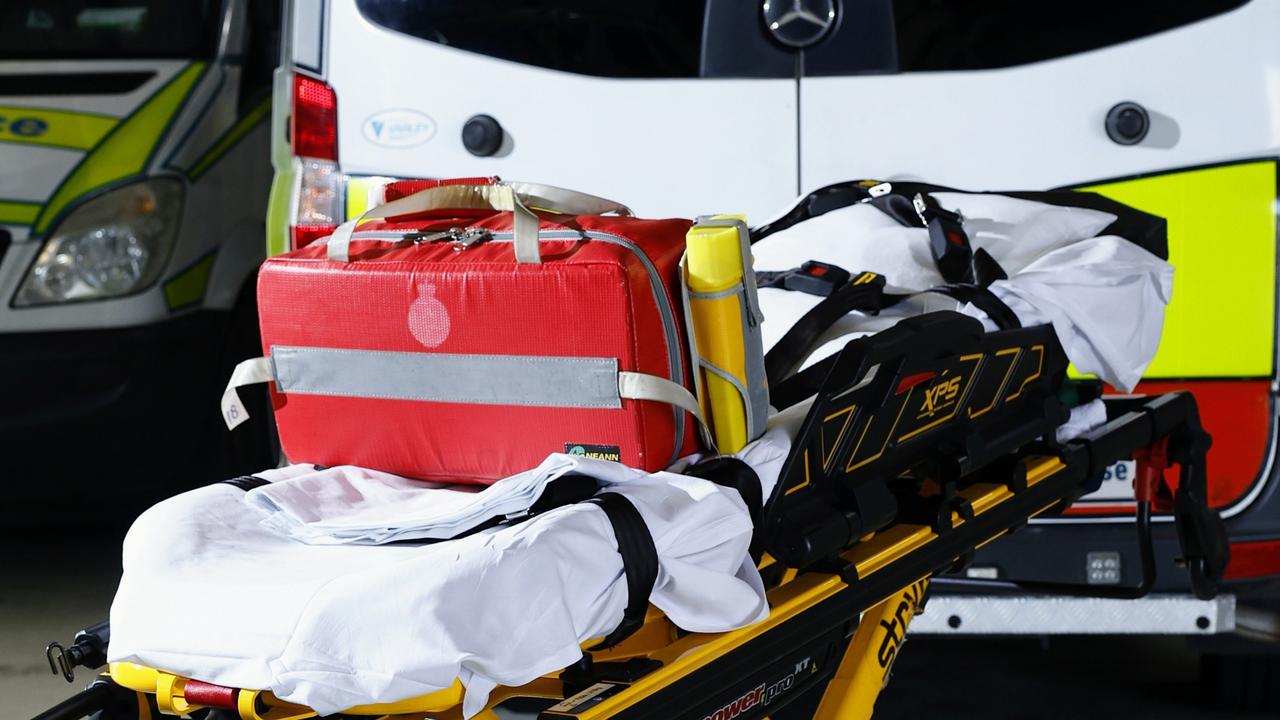Study reveals what’s needed to reduce endangered bird deaths
A recent cassowary research project has revealed relying on shifting driver behaviour is not enough to prevent road strike deaths.
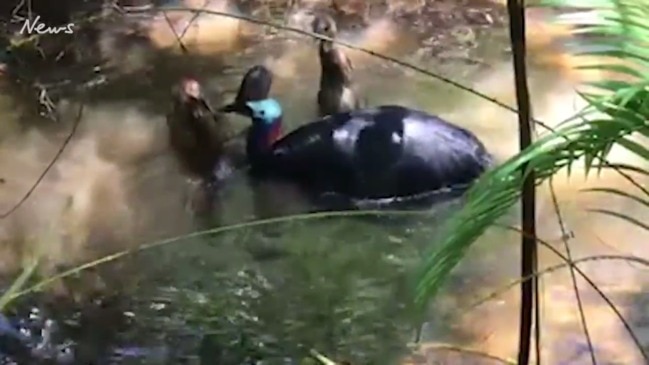
Cairns
Don't miss out on the headlines from Cairns. Followed categories will be added to My News.
A recent cassowary research project has revealed changing driver behaviour is not enough to prevent road strike deaths of the endangered birds and changes to roadside terrain are needed.
As part of the James Cook University study drivers were interviewed about collisions with cassowaries and roadside camera footage was examined for a better understanding of both cassowary and driver behaviour.
Researcher India Marshall said most drivers thought the accidents weren’t due to their driving, although some who witnessed collisions suggested otherwise.
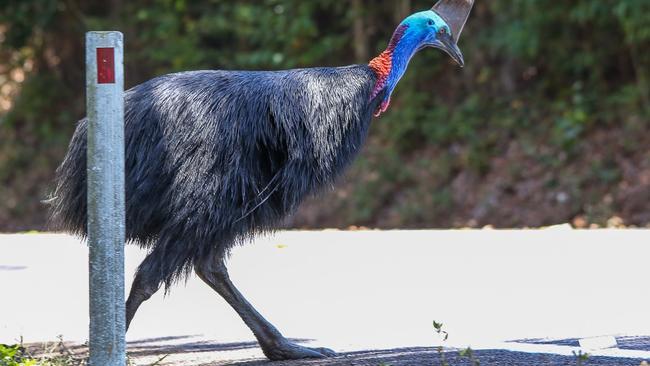
“The videos showed some careless driving but also variable cassowary reactions to vehicles, making it hard for drivers to prepare for interactions,” she said.
“Drivers suggested that driver education would be effective. We can’t rely solely on education to reduce strikes though, so changes to road environments are also needed, such as replacing weeds and hazardous trees at crossing zones with low-growing native plants.”
With that knowledge in mind weeds have been replaced with cassowary food plants under the bridge at Wongaling Creek on the El Arish-Mission Beach Road and tall roadside grass is being regularly slashed and brush cut at Garrett’s Corridor on the Tully-Mission Beach Rd.
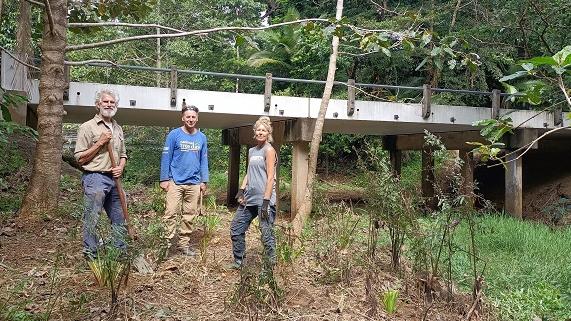
Terrain NRM’s Tony O’Malley said the work made it easier for cassowaries to cross under the bridge and avoid the busy road.
The changes also made it more appealing for the endangered birds to take that route, while at Garrett’s Corridor it was easier for cassowaries and drivers to see, and avoid, each other.
“James Cook University’s recent cassowary vehicle strike social research project showed us we can’t just rely on raising awareness in the community to reduce cassowary strikes – we have to change the roadside environment too,’’ Mr O’Malley said.
“So we formed a working group of Cassowary Recovery Team members and local organisations to investigate and agree on actions to improve safety for drivers and cassowaries at two crossing hotspots.”
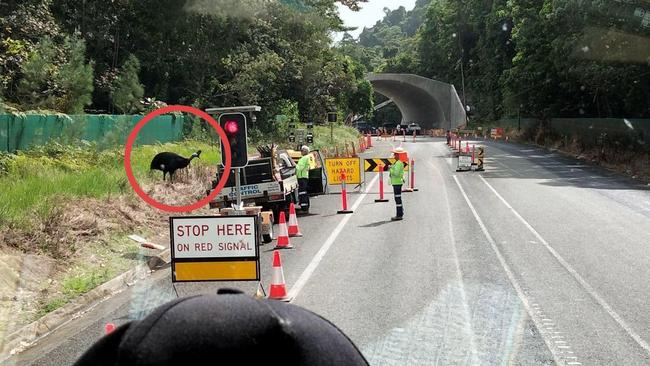
Terrain NRM recently engaged Mission Beach organisation ‘C4 – Community for Coastal and
Cassowary Conservation’ to improve the vegetation at two cassowary crossing hotspots, as part of Terrain’s Building Rainforest Resilience Project. The project is supported by Terrain, through funding from the Australian Government’s National Landcare Program.
C4 president Peter Rowles said it was important to maintain multiple options for birds to pass from one side of the road to the other.
“Why don’t people see cassowaries crossing at Wongaling Creek as much anymore?” he asked.
“It’s not because there are no cassowaries there. They just do it better now by going under the bridge.”
More Coverage
Originally published as Study reveals what’s needed to reduce endangered bird deaths



